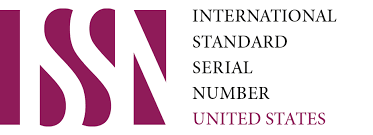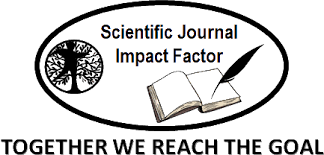Lingupoetic Analysis of Poems Translated from Uzbek to French
Keywords:
Artistic translation, poetic translation, imageAbstract
This article examines the linguopoetic characteristics of poems translated from Uzbek to French. The poem "Tavollo" by Muhammad Yusuf, one of the Uzbek poets, was subjected to linguopoetic analysis. Theoretical conclusions are based on the comparative analysis of the texts. The characteristics of poetic translation, the complexity of translation methods with the periodical change and improvement of poetic genres, and the differences between them were analyzed.
References
Lazareva O.A. Means of divine expression in poetry of local authors // Yunyy uchenyy, No. 8 (28), 2019. – C. 8.
Abduvakhabova U. Pragma-stylistic means of describing human values in the original and translations of the works of Herbert E. Bates. Dissertation prepared for the degree of Doctor of Philosophy (RhD) in philological sciences. Samarkand - 2023.
Marshak S.Ya. Vospitanie slovom. Oh masters. Portrait or copy? Iskusstvo perevoda [Electronic resource].
Akramova T. Ideological-artistic images in the works of Edgar Allan Poe and methods of re-creating them in translation. Dissertation prepared for the degree of Doctor of Philosophy (RhD) in philological sciences. Samarkand - 2023.
Salomov. G'. Fundamentals of translation theory. T.: "Teacher". - 1983. - 230 p
Oralova. Ch, Boymatov. S. "The study of linguopoetics in modern linguistics" Oriental Renaissance: Innovative, educational, natural and social sciences VOLUME 1 Journal Impact Factor SJIF 2021: 6. 423. 463-P.
www.Ziyonet.com.
Downloads
Published
Issue
Section
License

This work is licensed under a Creative Commons Attribution 4.0 International License.
User Rights
Under the Creative Commons Attribution-NonCommercial 4.0 International (CC-BY-NC), the author (s) and users are free to share (copy, distribute and transmit the contribution).
Rights of Authors
Authors retain the following rights:
1. Copyright and other proprietary rights relating to the article, such as patent rights,
2. the right to use the substance of the article in future works, including lectures and books,
3. the right to reproduce the article for own purposes, provided the copies are not offered for sale,
4. the right to self-archive the article.












